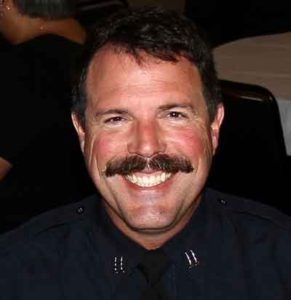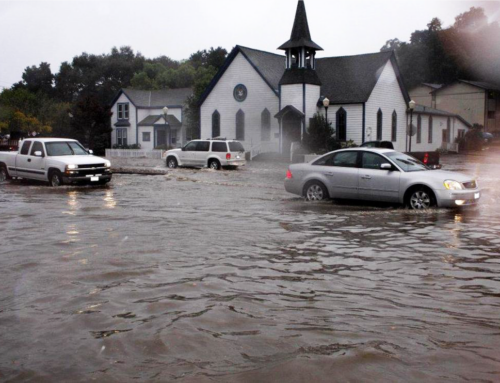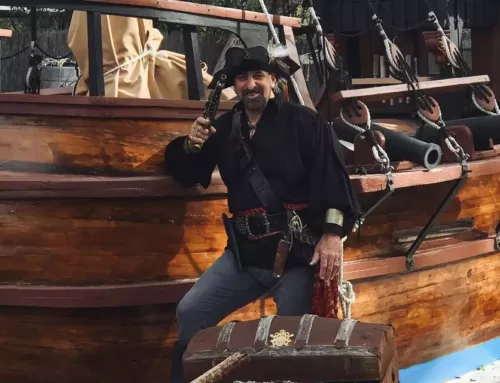Fire marshal encourages parents to discuss fire dangers with their kids
Click HERE to see stories published in the June 5 – June 18, 2019 Morgan Hill Life

Dwight Good
The Bay Area received plenty of rain this year, turning the hills and pastures verdant. All that grass is now turning to golden stalks as they dry in the sun, serving as potential fuel for destructive wildfires in the coming summer and fall.
Dwight Good, the fire marshal serving CALFIRE’s Santa Clara County unit, sent us fire safety tips that we have published on our website. (Visit gilroylife.com/2019/05/24/dwight-goodman-be-vigilant-about-fire-safety.)
We hope readers will take a look at these and learn what they can do to make sure they and their loved ones are safe from the possibility of fire death or injury. We saw what happened to several communities in California last year — including the devastation of the town of Paradise during the Camp Fire, which is recorded as the deadliest and most destructive wildfire in the Golden State. Now is the time to consider the cost of being fire foolish.
 It’s especially important for parents to have a talk with their kids to help them understand what damage might be caused by playing with matches, lighters and other fire-starting devices. A single spark in the wrong place can potentially cause millions of dollars in damage if a fire spreads out of control and consumes thousands of acres and demolishes homes in the inferno’s path.
It’s especially important for parents to have a talk with their kids to help them understand what damage might be caused by playing with matches, lighters and other fire-starting devices. A single spark in the wrong place can potentially cause millions of dollars in damage if a fire spreads out of control and consumes thousands of acres and demolishes homes in the inferno’s path.
“As our children anticipate the end of the school year and our open spaces transition into their seasonal amber waves, we encourage you to teach your children about fire safety,” Good said.
One-third of the children who died in home fires last year actually set the fires that killed them.
Burns are also a major cause of accidental death for young children in America, many of whom are burned when playing with matches or lighters. What’s most tragic about these deaths is that almost all of them could have been prevented.
Many parents have asked Good about how they can teach their children about fire safety. Here are a few he provides in his series:
“How do I know that my child is curious about fire?” He may ask you questions, or he may stare at the fire, or point to or try to touch matches and lighters, or he may run to the window when fire trucks race by. But why wait for signs? Whenever you use fire, teach your child about it.
“What if my child has already started experimenting with fire?” Calmly, but firmly, explain that this is not an acceptable way to learn about fire. Explain — but do not overemphasize — the seriousness and danger of playing with fire and immediately begin teaching your child about the safe way to learn about fire.
“Someone said that if I burn his fingertips, he’d learn the dangers …” This is simply incorrect. It’s also child abuse. Burning your child will only injure him. It will not teach him anything positive about fire. It may even give him the dangerous idea to use fire in anger.
Fire is not a toy, and young children should never be allowed to use it like one. This is the lesson parents should teach their child.
What’s most tragic about the fire death statistics is that almost all of them could have been prevented.
Teach your children about the dangers of fire so that they, and you, don’t get burned.






